is alcoholism a disease – Treatment in Thailnd
is alcoholism a disease
“Turning the impossible into possible”

"Detox from Alcohol at a Luxury Holistic Center in Thailand and Israel"

is alcoholism a disease
Yes, alcoholism, or alcohol use disorder (AUD), is considered a disease. It’s classified as a chronic, relapsing brain disorder that affects a person’s physical, mental, and emotional health. Alcoholism involves a complex interplay of genetic, environmental, and psychological factors, and it disrupts brain chemistry, particularly in areas associated with reward, impulse control, and decision-making.
"Holistic Center for Trauma, Addiction, and Mental Imbalance Treatment in Thailand"
“Come to the beginning of the journey to freedom from addiction to alcohol, drugs, and pills, and rediscover your life within the quiet embrace of DaoTherapy Rehab in Thailand—where holistic healing meets empowering recovery.”
DaoTherapy Holistic Rehab
Key Elements of alcohol Detox:
Medical Supervision: Subutex alcohol must be conducted under medical supervision, as the body may experience withdrawal symptoms. These can include nausea, anxiety, muscle aches, and insomnia. A medical team will monitor and manage these symptoms to ensure the patient’s safety and comfort.
Holistic Therapies:
Holistic Therapies: Many detox programs incorporate holistic therapies such as mindfulness, yoga, and meditation to help individuals cope with stress and anxiety during the detox process. These therapies support the mind-body connection and contribute to overall recovery.
Tapering Process
Tapering Process: alcohol detox often involves a gradual tapering of the drug to reduce withdrawal severity. Doctors will slowly decrease the dosage over time to allow the body to adjust to lower levels of the substance.
Psychological Support:
Psychological Support: Like any addiction recovery process, detox from alcohol includes psychological support. This can involve counseling, therapy, or support groups to address the mental and emotional aspects of addiction.
Post-Detox Treatment:
Post-Detox Treatment: After completing detox, continuing treatment is crucial to prevent relapse. This often includes participation in ongoing therapy, group support, and the development of new coping strategies to maintain sobriety.
Why Alcoholism Is Considered a Disease
Yes, alcoholism, or alcohol use disorder (AUD), is considered a disease. It’s classified as a chronic, relapsing brain disorder that affects a person’s physical, mental, and emotional health. Alcoholism involves a complex interplay of genetic, environmental, and psychological factors, and it disrupts brain chemistry, particularly in areas associated with reward, impulse control, and decision-making.
Why Alcoholism Is Considered a Disease
1. Chronic and Progressive Nature: Like other chronic diseases (e.g., diabetes or hypertension), alcoholism can worsen over time without intervention. It requires ongoing management and care.
2. Genetic and Biological Basis: Research shows that genetic factors can increase the risk of developing alcoholism. It also causes physical changes in the brain, which affect behavior and decision-making.
3. **Impact on Brain Function**: Alcoholism changes brain chemistry, particularly in the reward system, making it difficult for individuals to control their drinking despite knowing the negative consequences.
4. **Defined Symptoms and Criteria**: Alcoholism has defined diagnostic criteria, including loss of control over drinking, tolerance, withdrawal symptoms, and continued use despite harm, similar to other diseases with specific symptoms.
Treatment Approaches Similar to Other Chronic Diseases
Alcoholism treatment often includes medical intervention, behavioral therapy, and lifestyle changes, just as other chronic diseases require a combination of treatment methods. Recovery involves managing the symptoms and underlying causes of addiction, recognizing triggers, and building coping skills.
Considering alcoholism as a disease emphasizes the importance of compassionate, structured treatment and ongoing support. It removes stigma and highlights that recovery is possible through proper care, similar to managing other chronic conditions.

contact us
Contact us with your questions
We would love to speak with you! Feel free to reach out with any questions.

get in touch
Schedule a free consultation
Schedule a free consultation with our team and let’s make things happen!
Chronic and Progressive Nature
The “chronic and progressive nature” of alcoholism means that it is a long-lasting condition that tends to worsen over time without treatment or intervention. Here’s how these aspects manifest:
Chronic Nature of Alcoholism
1. Ongoing Condition: Alcoholism, or alcohol use disorder (AUD), is a condition that doesn’t simply go away after one stops drinking. It requires continuous management, much like other chronic illnesses such as diabetes or hypertension.
2. Relapse Potential: Even after periods of sobriety, individuals with alcoholism are at risk of relapse. This chronic aspect means that individuals may need lifelong strategies and support to maintain sobriety.
Progressive Nature of Alcoholism
1. Increasing Severity: Without intervention, the effects of alcoholism usually worsen over time. Physical, mental, and social consequences can become more severe, with symptoms such as increased tolerance, physical dependence, and health issues like liver damage or cognitive decline.
2. Escalation of Consequences: Over time, alcoholism can lead to greater health complications, strained relationships, financial troubles, and decreased quality of life, making it progressively harder to reverse these effects.
Importance of Treatment for Chronic and Progressive Conditions
Given its chronic and progressive nature, alcoholism benefits from a long-term treatment approach that includes medical, psychological, and community support. Structured treatment helps individuals manage cravings, develop coping strategies, and prevent the worsening of symptoms, emphasizing that recovery is a continuous, proactive process.
Genetic and Biological Basis
The “genetic and biological basis” of alcoholism points to the ways in which genetic makeup and brain chemistry contribute to the development of alcohol use disorder (AUD). Here’s how these factors play a role:
1. Genetic Predisposition
– Family History: Studies have shown that people with a family history of alcoholism are at a higher risk of developing AUD. It’s estimated that genetics may account for 40-60% of the risk.
– Inherited Traits: Certain genetic traits, such as how the body metabolizes alcohol or how sensitive an individual is to alcohol’s effects, can influence one’s likelihood of developing alcoholism.
– Variants in Genes: Variants in certain genes, such as those involved in dopamine regulation (a neurotransmitter associated with reward and pleasure), can make people more susceptible to addiction. These genetic variations may make the brain more responsive to alcohol’s effects or impair the ability to stop drinking once started.
2. Biological and Neurological Changes
– Impact on Brain Chemistry: Alcohol affects neurotransmitters like dopamine, GABA, and glutamate, which are involved in pleasure, relaxation, and excitability. Regular alcohol use alters these chemicals, leading to dependency as the brain adjusts to the presence of alcohol.
– Reward System Sensitivity: For some people, alcohol creates a stronger-than-average pleasure response, reinforcing repeated use. Over time, alcohol changes the brain’s reward pathways, making it challenging to experience pleasure without drinking.
– Loss of Control Mechanisms: Chronic alcohol use can damage the prefrontal cortex, the part of the brain responsible for decision-making, impulse control, and judgment, which can lead to difficulties in controlling drinking.
3. Epigenetic Factors
– Environmental Influence on Genes: Epigenetics studies how environmental factors like stress, trauma, and exposure to alcohol can activate or suppress genes related to addiction. This means that someone’s environment and experiences can modify the risk of alcoholism even in genetically predisposed individuals.
4. Interaction of Genetics and Environment
– While genetics provide a predisposition, environmental factors such as social influences, life stressors, and trauma play a significant role in whether a person develops alcoholism. This combination of factors explains why some people with a genetic risk never develop AUD, while others do.
Understanding the genetic and biological basis of alcoholism helps highlight that it is not merely a matter of willpower or choice but a condition with deep-rooted physical and neurological components. This understanding can lead to more effective, personalized treatments targeting these genetic and biological factors, helping individuals manage and recover from AUD.
Defined Symptoms and Criteria
The “defined symptoms and criteria” of alcoholism, or alcohol use disorder (AUD), are outlined to help diagnose the condition and assess its severity. These criteria are based on patterns of behavior and physical dependence that indicate problematic drinking. The Diagnostic and Statistical Manual of Mental Disorders, Fifth Edition (DSM-5), lists specific symptoms that must be present for an AUD diagnosis.
DSM-5 Criteria for Alcohol Use Disorder
To be diagnosed with AUD, an individual must meet at least “two” of the following 11 criteria within a **12-month period**. The more criteria met, the more severe the disorder is classified (mild, moderate, or severe).
1. Loss of Control Over Drinking:
– Drinking more alcohol or over a longer period than intended.
– Persistent desire to cut down or control drinking without success.
2. Neglecting Responsibilities and Activities:
– Spending a great deal of time obtaining, using, or recovering from alcohol.
– Neglecting personal, family, social, or work responsibilities due to drinking.
3. Cravings and Urges to Drink:
– Experiencing strong cravings or urges to consume alcohol.
4. Physical Dependence:
– Building a tolerance, meaning needing more alcohol to achieve the same effect or experiencing diminished effects with the same amount.
– Experiencing withdrawal symptoms when not drinking, such as sweating, tremors, nausea, insomnia, or anxiety. Some people may drink to relieve or avoid these symptoms.
5. Continuing to Drink Despite Negative Consequences:
– Persistent alcohol use even when it results in interpersonal problems, such as arguments, relationship strain, or social isolation.
– Using alcohol in hazardous situations (e.g., drinking and driving).
– Continuing to drink despite knowing it causes or worsens a physical or psychological problem.
6. Prioritizing Alcohol Over Other Activities:
– Giving up or reducing important activities, hobbies, or social engagements in favor of drinking.
Severity Levels of AUD
– Mild: Meeting 2-3 of the criteria.
– Moderate: Meeting 4-5 of the criteria.
– Severe: Meeting 6 or more of the criteria.
Importance of Recognizing Symptoms and Criteria
Defining these symptoms and criteria allows healthcare providers to accurately diagnose AUD, assess its impact on a person’s life, and determine the appropriate treatment plan. By understanding the criteria, individuals and families can also identify problematic drinking early on and seek help before the disorder progresses.








